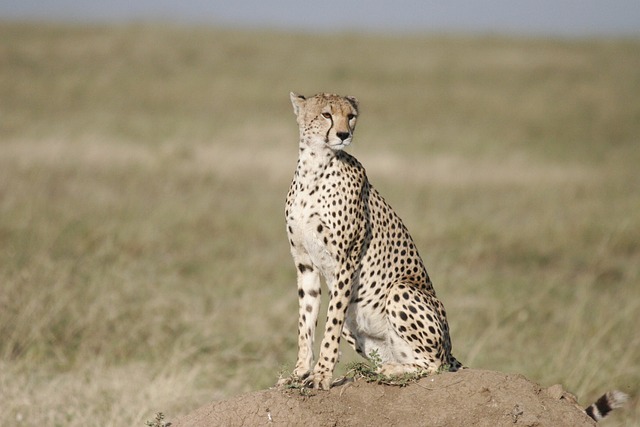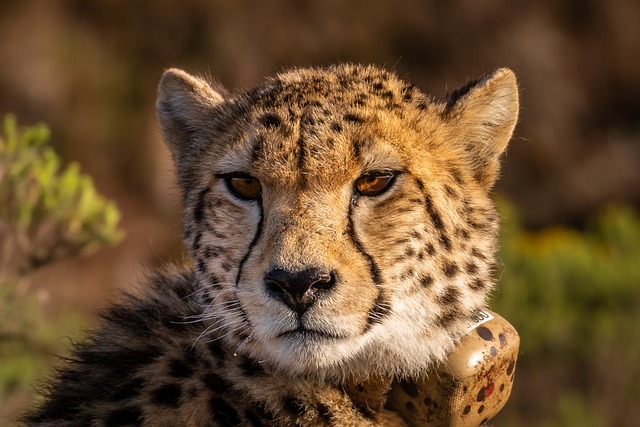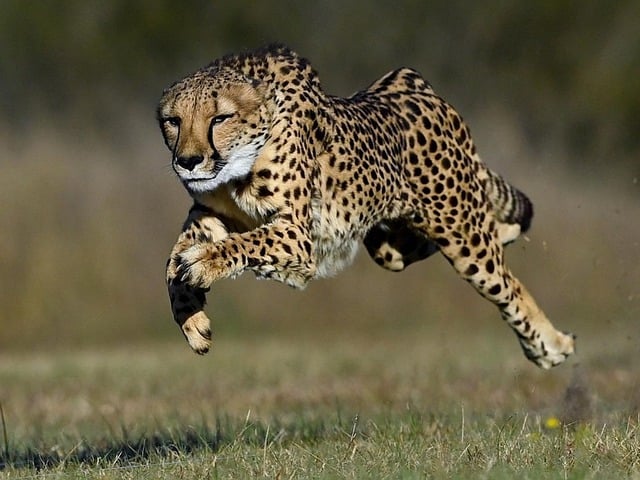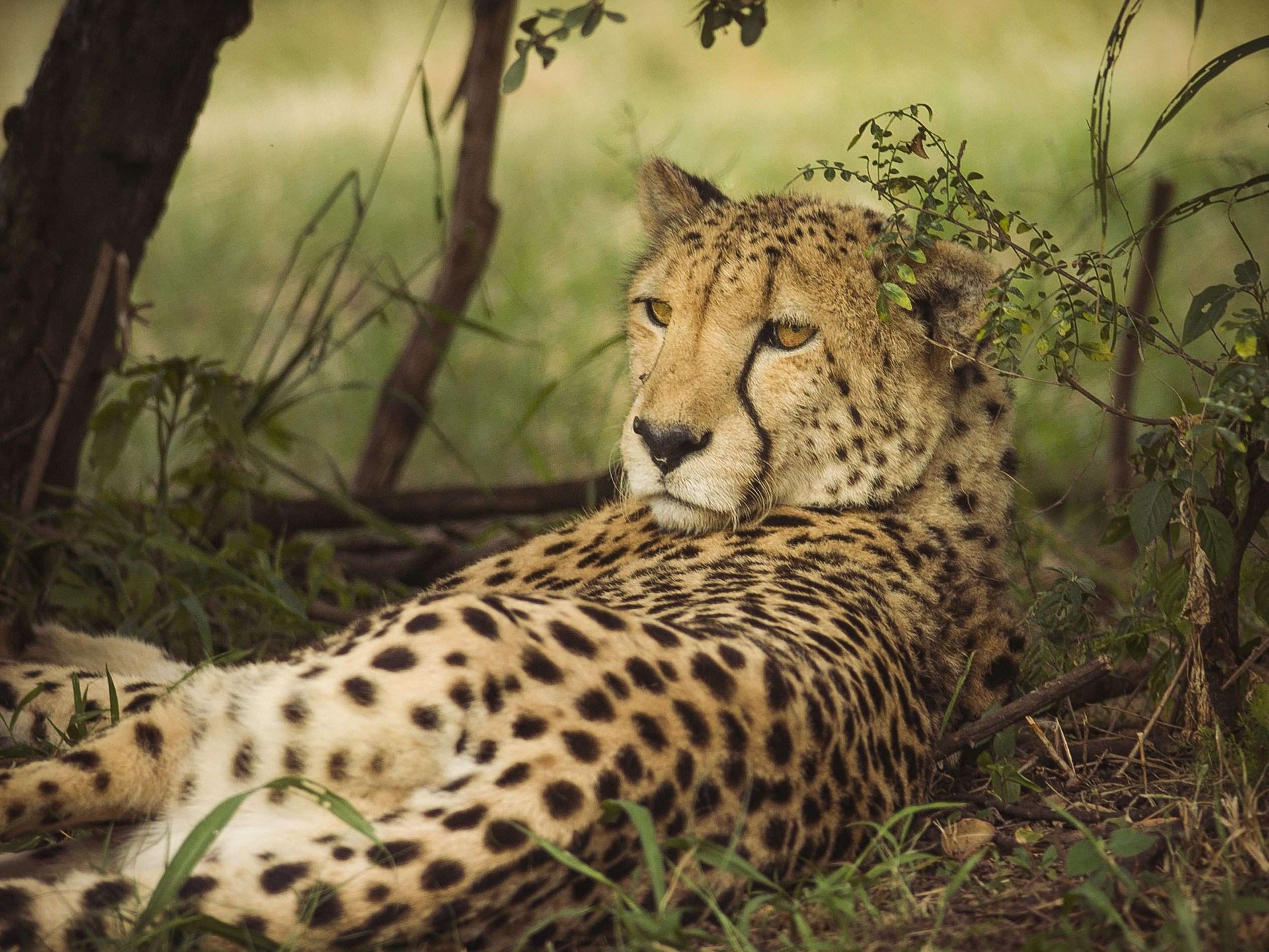Introduction
Have you ever thought about where the world’s fastest land animals live? With its unmatchable speed and sleek body, the cheetah is a marvel of the animal kingdom. Yes, the cheetah itself is an amazing animal, but also the cheetah’s habitat is also a fascinating and crucial aspect of its survival. From the vast African savannahs to the isolated pockets in Iran, cheetahs adapted to multiple environments that suit their needs, but what makes these habitats so special, let’s find out in our today’s article. So, what are we waiting for let’s jump into our article all about the cheetah!

Where Do Cheetahs Live?
Most of the cheetahs live in Africa, but some of them are in Iran. These big cats prefer open areas like savannahs, grasslands and semi deserts. But why exactly? Because these open areas are perfect for their high speed hunting. With their sharp vision, a cheetah can spot their victim from a long distance, and with a couple of obstacles in their way, they can reach their top speed which is up to 60 to 70 mph within a few seconds! Talk about living life in the fast lane.
The African Savannah: Playground for Cheetahs
In Africa, the cheetah’s primary habitat is Savannah, an avast, open landscape with plenty of acacia trees and tall grasses. In Savannah, cheetahs have lots of areas to run and hide. But it’s not all fun and games, though, the African Savannah is also home to other predators like Lions and Hyenas. In order to prevent conflicts, cheetahs must always be alert—or perhaps more appropriately, cautious. To keep a low profile, they mostly hunt during the day, not like their night rivals.
The Iranian Plateau: A Hidden Haven
It can be a surprise for you, but in Iran’s arid regions, there is also a small population of cheetahs. The Iranian plateau, with its harsh climate and rugged terrain, is a far cry from the African savannah. Yet, these resilient cats have adapted to survive in this unique and harsh environment. They use their stealth and speed to their advantage and mostly rely on small animals like hares and ground birds, avoiding the harsh sunlight by resting in the shades

The Role of Conservation in Cheetah Habitats
Unfortunately, human activities like farming, urbanization and poaching are shrinking cheetahs and their homes. The conservation efforts are essential to protect these magnificent animals and their homes. Organizations across Africa and Iran are putting a lot of extra effort into preserving these habitats, and ensuring that the cheetahs and their homes can continue to thrive in the wild.
Conclusion
The cheetah and their habitats are a fascinating topic itself. From the wide and open areas of African Savannahs to the rugged terrains of Iran, cheetahs have adapted to live in these environments. But with their habitats under threat, now it is more important than ever to support conservation efforts. By doing so, ensure that these speedy and incredible cats continue to sprint across the wild for generations to come. Start the work together for their future safety and celebrate the amazing world they inhabit!
So, that’s it for our today’s article if you find anything helpful or enjoyable in this article make sure to leave a like and comment it motivates us and it’s free! Also, you can visit our website and follow our social media accounts for more detailed articles and amazing content on Health, Fitness and Nature. (naturenewsplus.com) see you with the next one! Good Bye.

FAQ’s
Why do Cheetahs mostly prefer open areas like Savannah?
Open areas like Savannah allow cheetahs to show their full speed while hunting with minimal obstacles in the area.
How are cheetah habitats being protected?
Conservation organizations are working to protect natural habitats, reduce human-wildlife conflict and curb poaching.
Are there cheetahs outside of Africa?
Indeed, a small population of Asiatic cheetahs lives in Iran, mainly in semi desert and mountainous regions.

